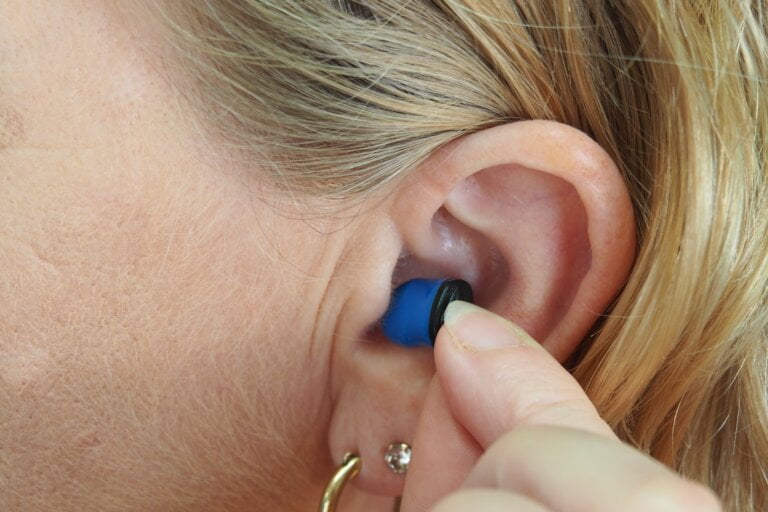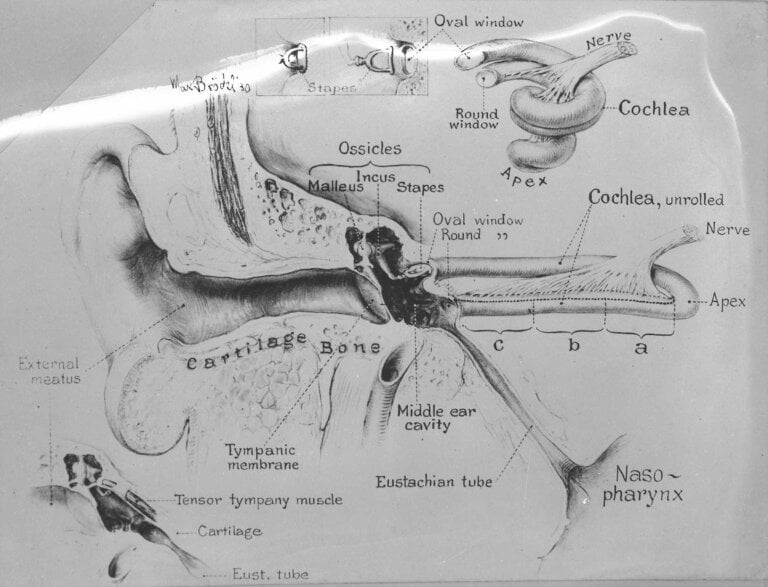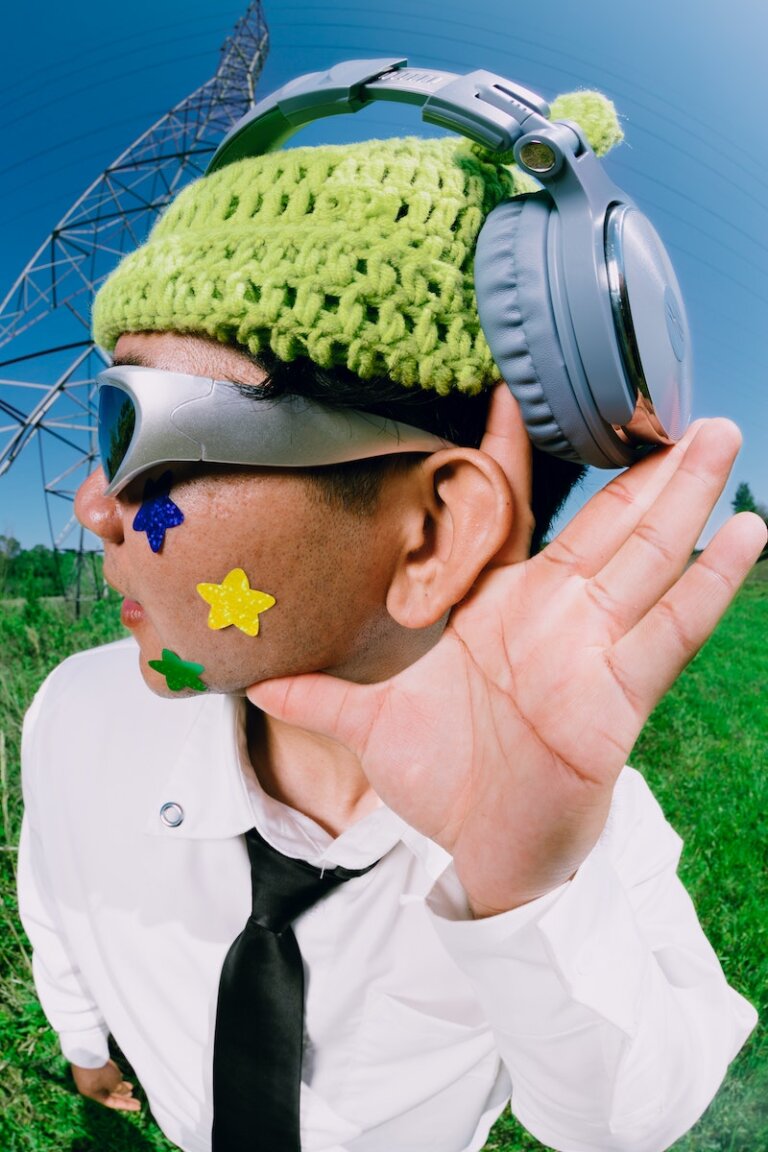The Latest Technological Advances in Manual Instrument Ear Wax Removal
Earwax, also known as cerumen, is a natural substance produced by the glands in the ear canal to protect the sensitive skin and prevent it from drying out. While earwax serves a crucial purpose, an excess build-up can cause discomfort and even affect hearing. To address this issue, various technological advancements have been made in manual instrument ear wax removal techniques. In this article, we will explore the latest innovations and tools that make the process safer, more efficient, and more comfortable for individuals seeking relief from earwax blockage.
Understanding Earwax Build-up and its Consequences
Excessive accumulation of earwax can lead to various symptoms and consequences that affect our overall ear health. It is essential to address this issue promptly to prevent further complications. Manual instrument ear wax removal, performed by trained professionals, is a commonly preferred method to clear earwax blockage effectively.
When earwax builds up, it can cause discomfort and impact our ability to hear properly. Some common symptoms associated with earwax build-up include earache, dizziness, hearing loss, tinnitus (ringing in the ears), and even ear infections. By understanding the consequences of earwax blockage, individuals can recognize the importance of seeking appropriate treatment.
Traditional Methods and Their Limitations
While traditional methods of earwax removal have been used for many years, they come with certain limitations that may not provide the most effective and safe results.
-
Ear Syringing: Ear syringing involves flushing warm water into the ear canal to dislodge the wax. While this method can be effective in some cases, it has its limitations. Ear syringing can be uncomfortable, and if not performed correctly, it may pose a risk of injury to the ear canal or eardrum. Additionally, ear syringing may not be suitable for individuals with certain ear conditions or a history of ear surgeries.
-
Ear Candling: Despite its popularity in some circles, ear candling is not recommended by medical professionals. This method involves placing a hollow candle-like device in the ear canal and lighting it, with the belief that it creates a vacuum to draw out the earwax. However, studies have demonstrated that this method is ineffective and can even cause injury, such as burns or perforated eardrums. It is crucial to avoid ear candling and opt for safer and more reliable techniques.
The Advancements in Manual Instrument Ear Wax Removal
Fortunately, advancements in manual instrument ear wax removal techniques have provided safer and more efficient options for individuals seeking relief from earwax blockage. Let’s explore some of the latest innovations:
- Microsuction: Microsuction is one of the most significant advancements in manual instrument ear wax removal. This technique utilizes a low-pressure suction device with a tiny tip to gently remove earwax. It offers several advantages over traditional methods:
- Safety: Microsuction reduces the risk of injury to the ear canal or eardrum, as the suction pressure is carefully controlled by trained professionals.
- Precision: The small size of the tip enables professionals to target specific areas and remove wax more precisely, ensuring a thorough cleaning.
- Efficiency: Microsuction is highly effective at removing stubborn or impacted earwax, providing quick relief to the patient. It allows for a more efficient and thorough removal compared to other methods.
- Minimal discomfort: Compared to traditional methods, microsuction is relatively painless and well-tolerated by most individuals. It provides a more comfortable experience during the procedure.
- Endoscopic Ear Wax Removal: Endoscopic techniques have revolutionized several areas of medicine, including ear wax removal. This method involves using a small, flexible endoscope to visualize the ear canal and remove the wax using specialized instruments. The advantages of endoscopic ear wax removal include:
- Enhanced visualization: The endoscope provides a clear view of the ear canal, ensuring a more precise and thorough removal of the earwax. This allows professionals to identify any underlying issues or abnormalities that may require further attention.
- Safety: With improved visualization, the risk of accidental injury to the ear canal or eardrum is significantly reduced. Endoscopic ear wax removal offers a safer alternative, especially for individuals with delicate ear anatomy.
- Optimal results: Endoscopy allows for a comprehensive examination of the ear canal, ensuring that all wax is removed, minimizing the risk of recurrence. This method provides a more thorough cleaning and reduces the chances of future blockages.
- Otoendoscopy: Otoendoscopy takes endoscopic ear wax removal a step further by utilizing a smaller, more comfortable endoscope specifically designed for ear procedures. This technique offers additional benefits, including:
- Patient comfort: The smaller size of the otoendoscope allows for a more comfortable experience for the patient, especially for those with narrow ear canals. It reduces discomfort during the procedure and enhances the overall patient experience.
- Improved maneuverability: The flexible nature of the otoendoscope enables better maneuverability within the ear canal, ensuring thorough removal of the earwax in hard-to-reach areas. This results in a more comprehensive cleaning and reduces the chances of residual wax.
- Real-time visualization: Otoendoscopes are equipped with high-quality cameras, allowing professionals to view the procedure in real-time. This real-time visualization ensures optimal results, as any remaining wax or potential issues can be addressed immediately.
The Importance of Professional Expertise
While these technological advancements have undoubtedly improved the safety and efficacy of manual instrument ear wax removal, it is crucial to seek the assistance of trained professionals. Only qualified audiologists, otolaryngologists (ENT specialists), or certified ear care practitioners should perform these procedures. Their expertise and knowledge ensure that the removal process is conducted correctly, minimizing the risk of complications.
Professional expertise is essential to ensure a safe and successful procedure. Trained professionals have the necessary skills and experience to use these advanced techniques effectively. They can assess the individual’s ear condition, choose the most suitable method, and perform the procedure with precision and care.
In conclusion, the latest technological advances in manual instrument ear wax removal techniques have significantly improved the patient experience by enhancing safety, precision, and efficiency. With methods such as microsuction, endoscopic ear wax removal, and otoendoscopy, individuals can now find relief from earwax blockage with minimal discomfort and optimal results. By prioritizing professional expertise, we can ensure a safe and successful procedure, promoting healthy ear care for all.
Q1: What are the consequences of excessive earwax build-up?
A1: Excessive earwax build-up can cause discomfort and various symptoms such as earache, dizziness, hearing loss, tinnitus, and ear infections.
Q2: What are the limitations of traditional methods of earwax removal?
A2: Traditional methods like ear syringing can be uncomfortable and pose a risk of injury to the ear canal or eardrum. Ear candling is ineffective and can cause burns or perforated eardrums.
Q3: What is microsuction and what are its advantages?
A3: Microsuction is a manual instrument ear wax removal technique that uses low-pressure suction to remove earwax. Its advantages include safety, precision, efficiency, and minimal discomfort.
Q4: What is otoendoscopy and what are its benefits?
A4: Otoendoscopy is an advanced technique that uses a smaller, more comfortable endoscope for ear wax removal. Its benefits include patient comfort, improved maneuverability, and real-time visualization for optimal results.







